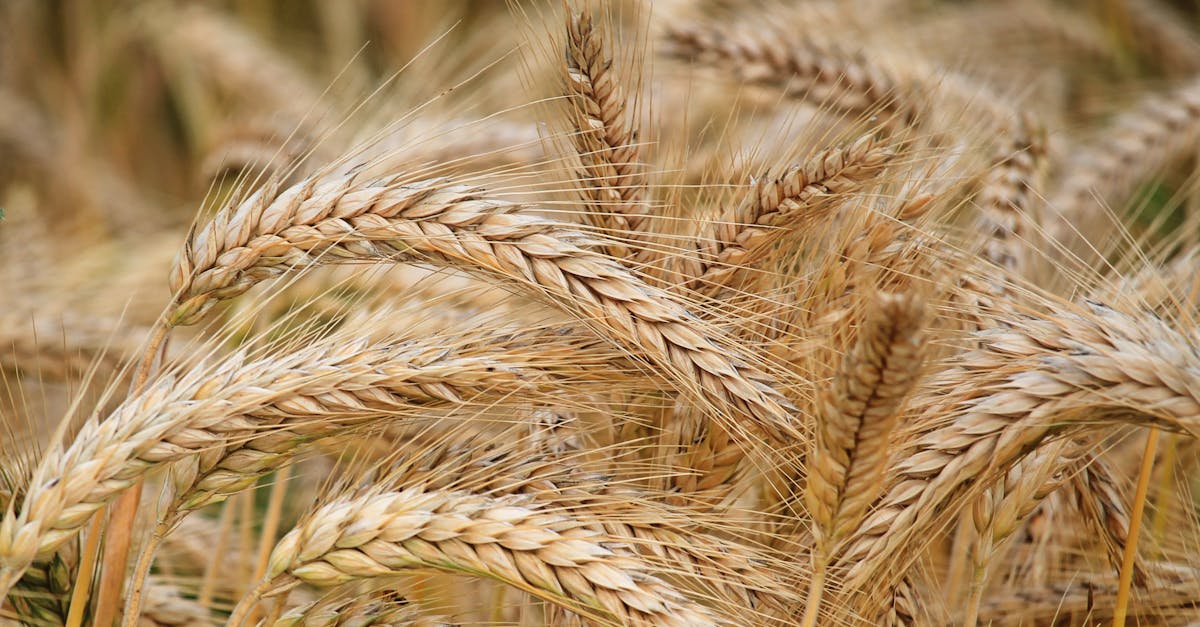Flour Power: Understanding Different Types For Baking

Introduction
When it comes to baking, flour is the unsung hero that holds everything together. But did you know that not all flours are created equal? Understanding the different types of flour can truly elevate your baking game and take your creations to the next level.
Types of Flour
Here are some common types of flour you might come across in your baking adventures: - All-Purpose Flour: This versatile flour is a staple in most kitchens and is great for a wide range of baked goods. - Whole Wheat Flour: With its nutty flavor and higher fiber content, whole wheat flour is perfect for hearty breads and muffins. - Cake Flour: As the name suggests, cake flour is ideal for light and fluffy cakes that need a tender crumb. - Bread Flour: With its high protein content, bread flour is perfect for chewy and crusty bread loaves. - Self-Rising Flour: This convenient flour already contains baking powder and salt, making it perfect for quick breads and biscuits.
Baking Tips
When using different types of flour, here are some tips to keep in mind: 1. Measure accurately: Use a kitchen scale for precise measurements to ensure consistent results. 2. Sift the flour: Sifting helps aerate the flour and remove any lumps, leading to a lighter texture in your baked goods. 3. Consider the protein content: Higher protein content in flour results in more gluten development, which is essential for structure in breads. 4. Store properly: Keep your flour in an airtight container in a cool, dark place to maintain freshness.
Conclusion
Now that you have a better understanding of the different types of flour and how to use them in your baking, you're ready to unleash your creativity in the kitchen. Experiment with different flours, mixtures, and recipes to discover what works best for you. Remember, baking is as much a science as it is an art, so have fun and enjoy the delicious results!